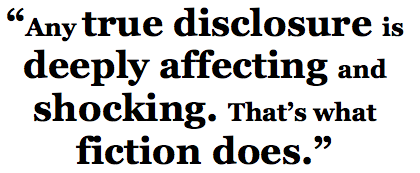
AR: In Where Art Belongs you wrote that the authors of the sixties newspaper Suck viewed disclosure “not as personal narcissism but as a means of escaping the limits of the ‘self.’” How do you mean?
CK: That we’re all people. The more embarrassing something is, the more universal. Their point in publishing nude photos of themselves and describing their own encounters in a sex magazine was to open things up. It was more generosity than personal narcissism.
AR: Today, work that is personal is often read as therapeutic or self-indulgent, especially if it’s done by a woman. What power still lies in disclosure?
CK: Any true disclosure is deeply affecting and shocking. That’s what fiction does. The point is in the intent. But even now, when female writers produce truly transcendent, a-personal acts of disclosure, they are often diminished, misread.
AR: Why do you think people have such a problem with women producing work that is deeply personal but also philosophical?
CK: We do want philosophy to take place at a distance. All of the modernist writers accepted as “philosopher-artists” were men. They were also, often, really abhorrent. I don’t know if anyone could tolerate a female Kafka, a female Artaud. To go that route takes a certain madness, and there’s a very low tolerance for women who are unattractive, let alone mad.